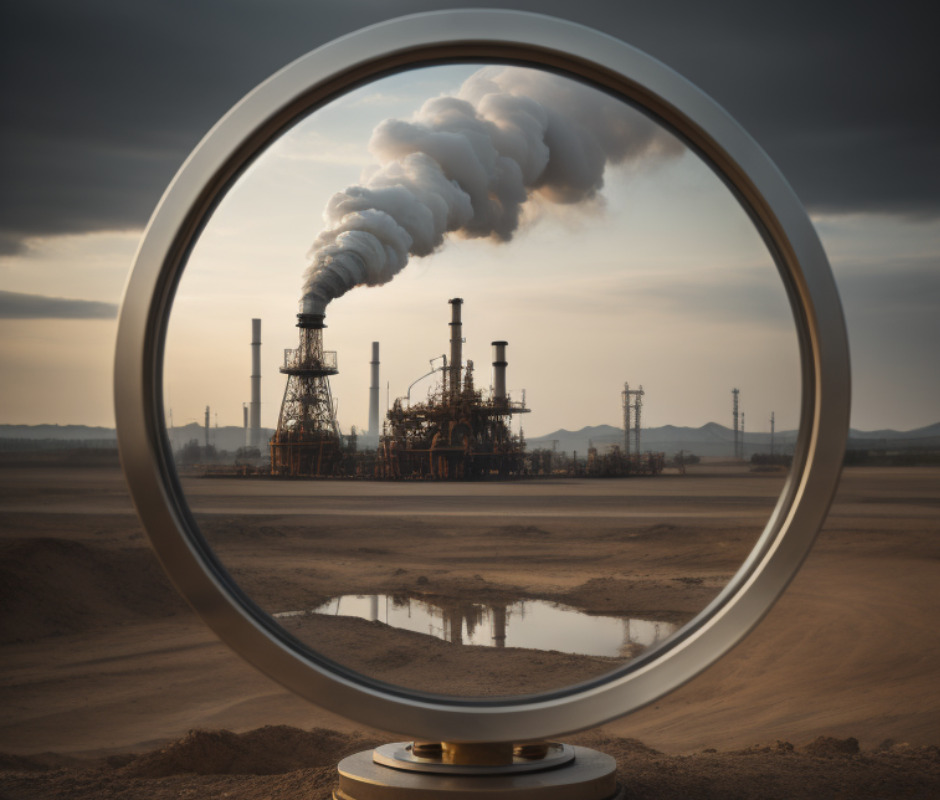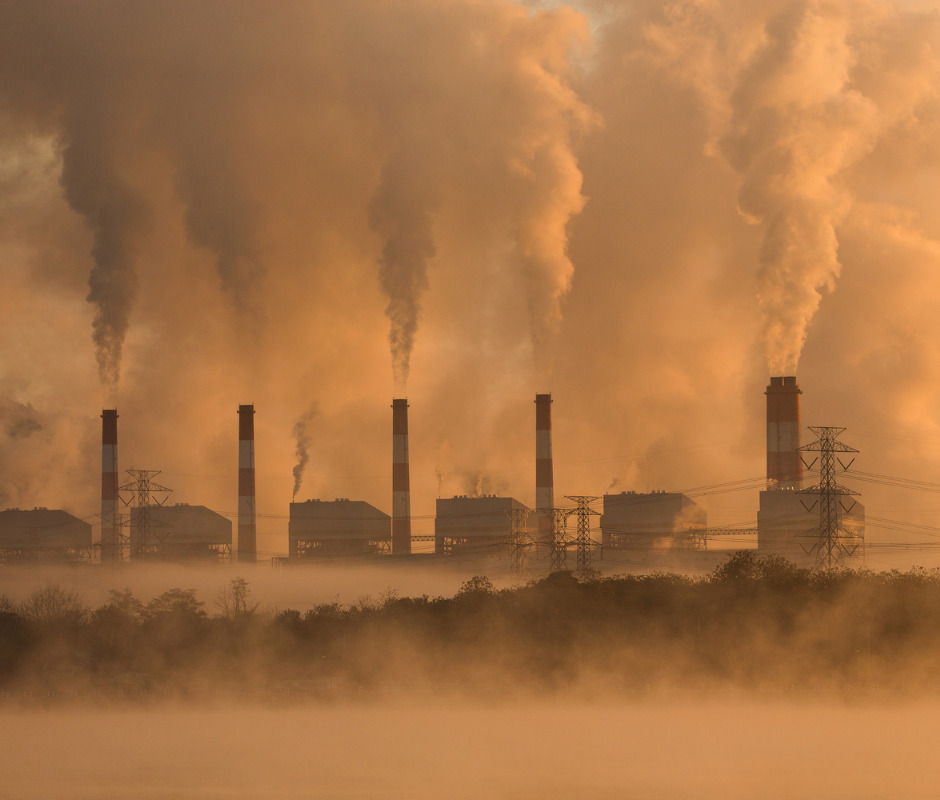The Unseen Carbon from Oil and Gas Exploration
If you are reading this, you know that at a time when the world is burning and Net Zero seems like a distant dream, oil and gas exploration is still rampant around the globe. But do you know how much? Go on, guess. The remaining carbon budget to have a 50% chance of limiting global heating to 1.5 degrees has dropped beneath 300 billion tons (gigatons) of CO2 equivalent (CO2eq). How many new emissions are embedded in new oil and gas discoveries added to the stockpile last year?
The fossil fuels burned in 2022 put 40 gigatons into the air, give or take – meaning we will blow the entire 1.5 degree budget by the end of the decade. The oil and gas share of that was about 25 gigatons.
Did emissions embedded in new discoveries equal that, at 25 gigatons? Less perhaps – 20 gigatons? More? 40 gigatons?
If you are struggling, relax. Because the answer is: we don’t know.

Nobody knows how many emissions are embedded in oil and gas added to the world’s standing stockpile of reserves last year. Nobody will know next year how much was added this year. Those numbers do not exist.
Of course, experts can make reasonable guesses. My own would be about 20-25 gigatons. There is an involved technical basis for that estimate. OPEC figures show an increase in net reserves balances for oil and gas, which would release about 19 gigatons. That is a reasonable floor. But last year, 25 gigatons worth of emissions have been extracted, and for a net positive balance, these have to be compensated for. Do that and you get a reasonable ceiling estimate of 44 gigatons. But some of the increase in net reserves is likely not new oil and gas, but the result of upgrading lower categories of resource, which were already discovered in response to a rise in spot prices caused, amongst other things, by the war in Ukraine. I go for the low end of the range. Others could cite the same and different data to make plausible cases for lower or higher amounts. But the fact that we don’t know is a problem. How can we hope to manage fossil fuels if even the most basic data, like emissions being added to the stockpile year by year, are unknown?
That is why Carbon Tracker and the Global Registry of Fossil Fuels are proposing building a new metric: New Reserves and Resources (NRR).
Climate policy wonks might – correctly – point out that existing world stockpiles of fossil fuels are already much larger than any carbon budget for 1.5 degrees allows. So why bother with how many new emissions are being added?
A Net Reserves and Resources metric directly addresses an important first step to the managed decline of fossil fuels – exploration. In that sense, it is a tracker number for the first pillar of the Fossil Fuel Non-Proliferation Treaty, to stop the expansion of the fossil fuel industry. One problem with the big picture of the energy transition is that the further into the future you go, the more room there is for reasonable people to differ, if only because the uncertainty increases. That is why there are hundreds of Integrated Assessment Models targeting Net Zero by 2050 (68 of them alone within the UNFCCC database). It becomes difficult to focus attention and build consensus around goals so far away.

Even the question of whether new projects should be commissioned is subject to some debate by governments and politicians. The International Energy Agency, for example, hedges in its Net Zero scenarios by saying there should be no new long-term oil and gas projects, leaving open a debate around what constitutes long-term.
Exploration is the least contested area. “Zero New Reserves” is a target achievable now and in the short- and medium-term. Some fossil fuel extracting countries are already close, such as Denmark and Timor Leste. We could imagine activist shareholders submitting resolutions at annual general meetings to achieve Zero New by 2025 or 2026. Countries could set Zero New targets achievable within the term of the current administration. Global Zero New is both necessary and possible, well within this decade.
The concentration on exploration is not only about the numbers. For one thing, oil and gas discovered now is not less but more likely to be produced than the average of global stocks. This is because companies are spending hundreds of millions of dollars to survey and drill this particular area, or reservoir, when they know the transition is underway and they want quicker returns and lower costs. They are pretty good at that kind of calculation. They expect whatever they find now to be viable under a wider range of market and policy conditions than the average. The global stock of reserves is not one resource managed by one party. There is no single queue to run on a first-in-first-out principle.
For another, winding down exploration is about expectations. Ending exploration would make the direction of travel irreversible, even if the end of production still remained many years in the future.
The last few years have shown us how fragile a trend can be. In 2020, BP CEO Bernard Looney wondered in the wake of Covid whether peak oil had already been reached. Companies across the sector started to speed up transition publications and planning. Fast forward to today, with the war in Ukraine pushing a price spike, and ExxonMobil and Chevron have just spent more than $100 billion between them to acquire oil and gas assets to expand production.
So, a New Reserves and Resources metric can provide visibility on the part of the industry that has to decline first. It is reliable, indisputable, and needs no secret sources or supportive expert analysis. It can provide the basis for campaigns at country, company, and global level which are seamlessly linked around the same set of numbers. Best of all, creating the NRR metric is possible with relatively small changes in the reporting environment. We will get to that in part two.
